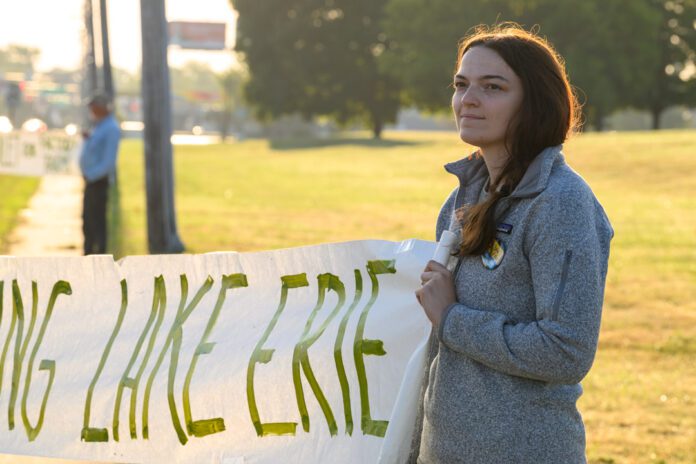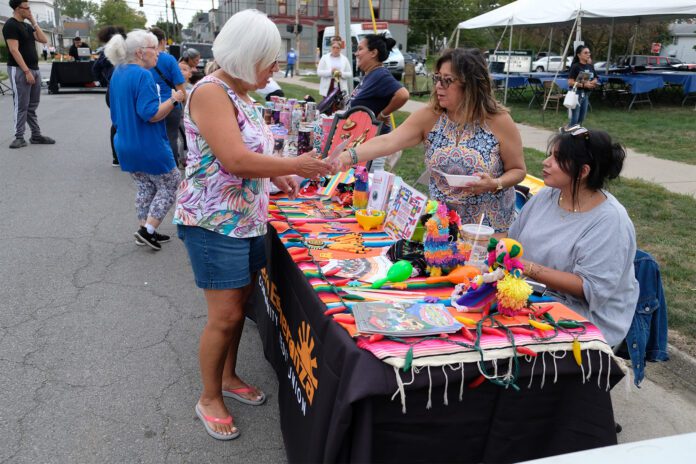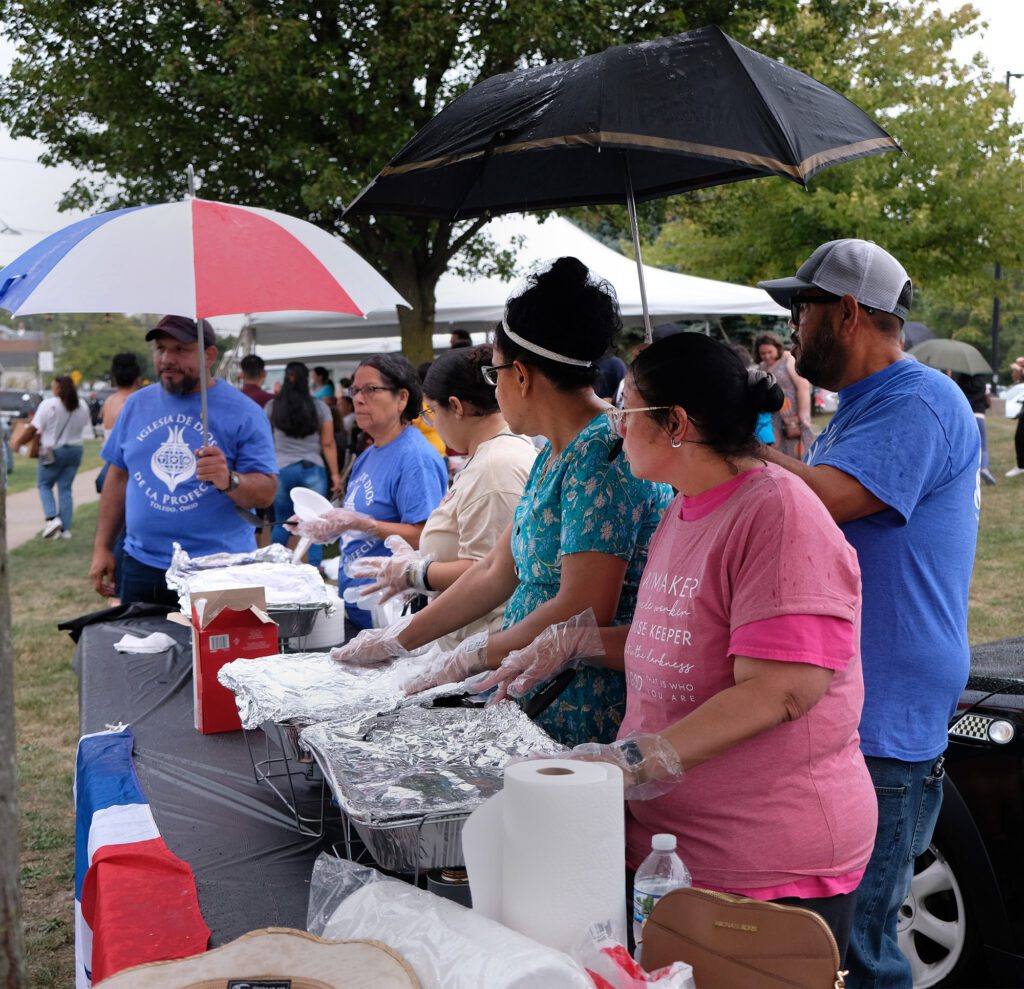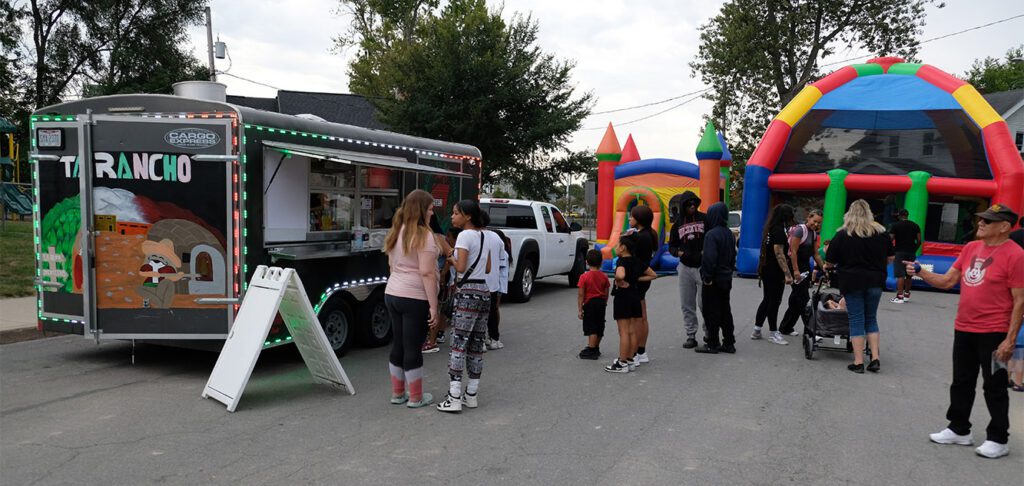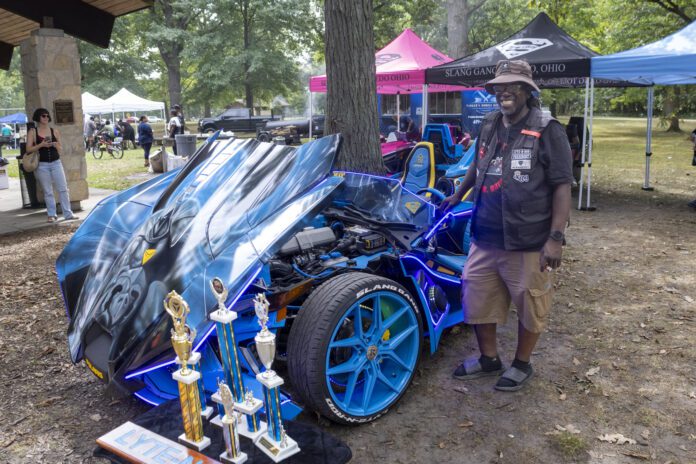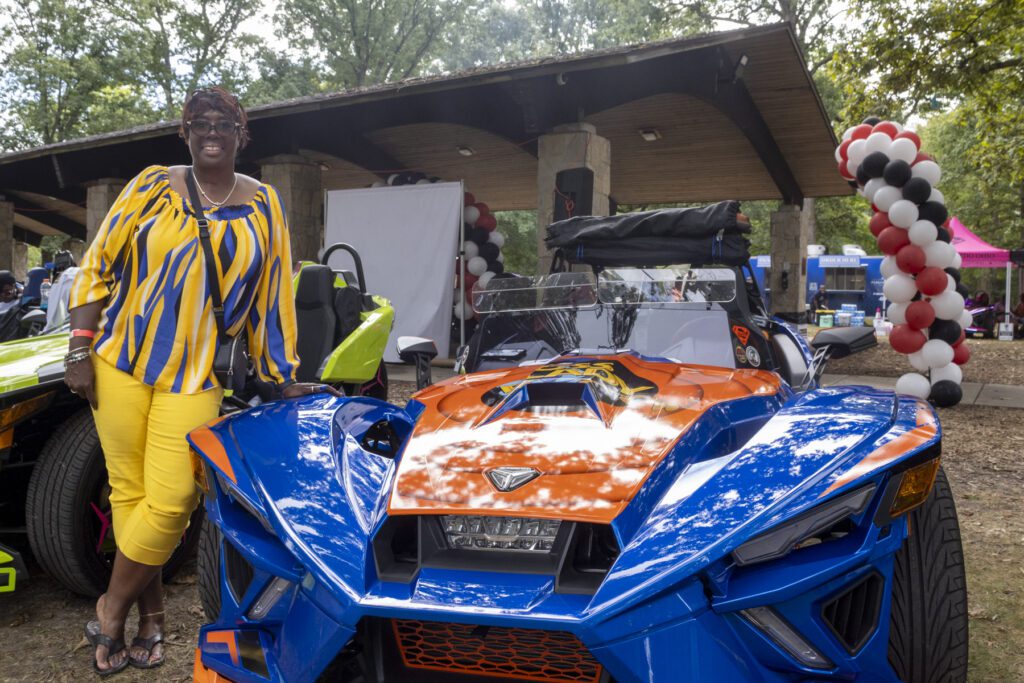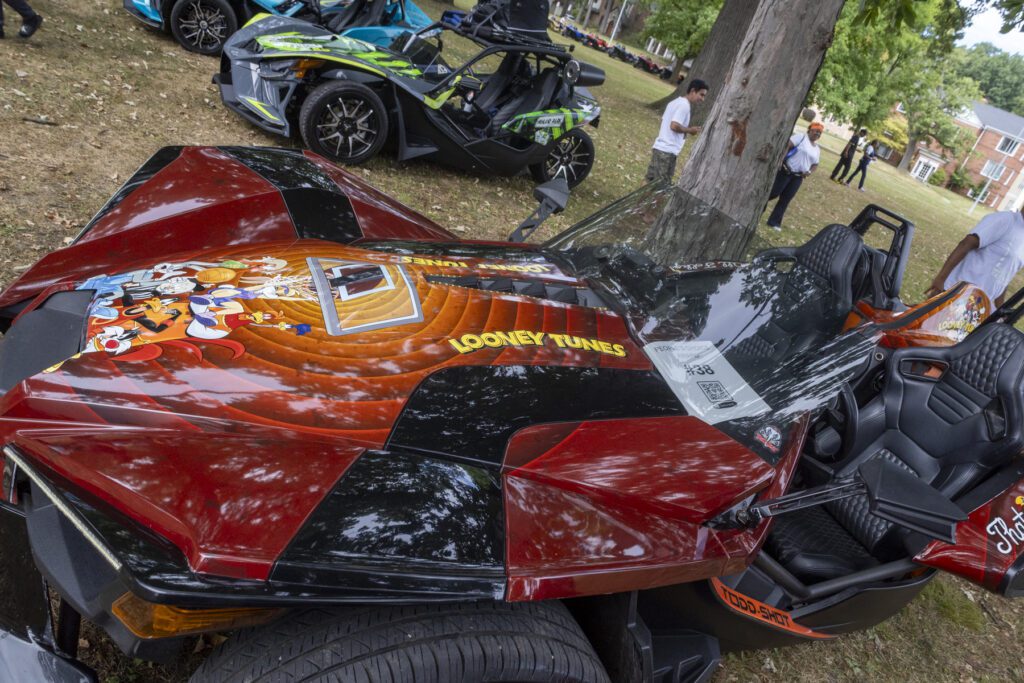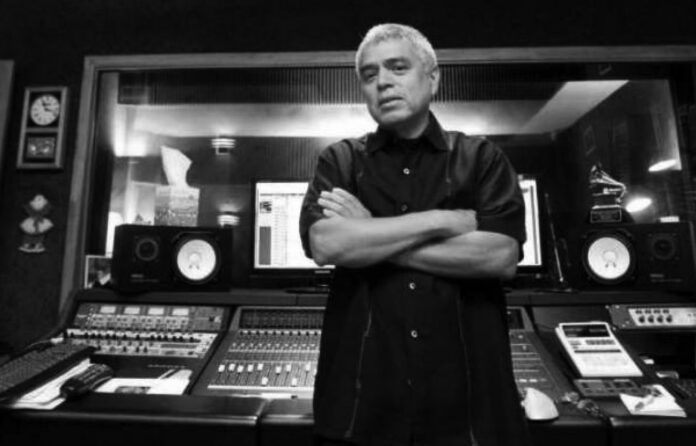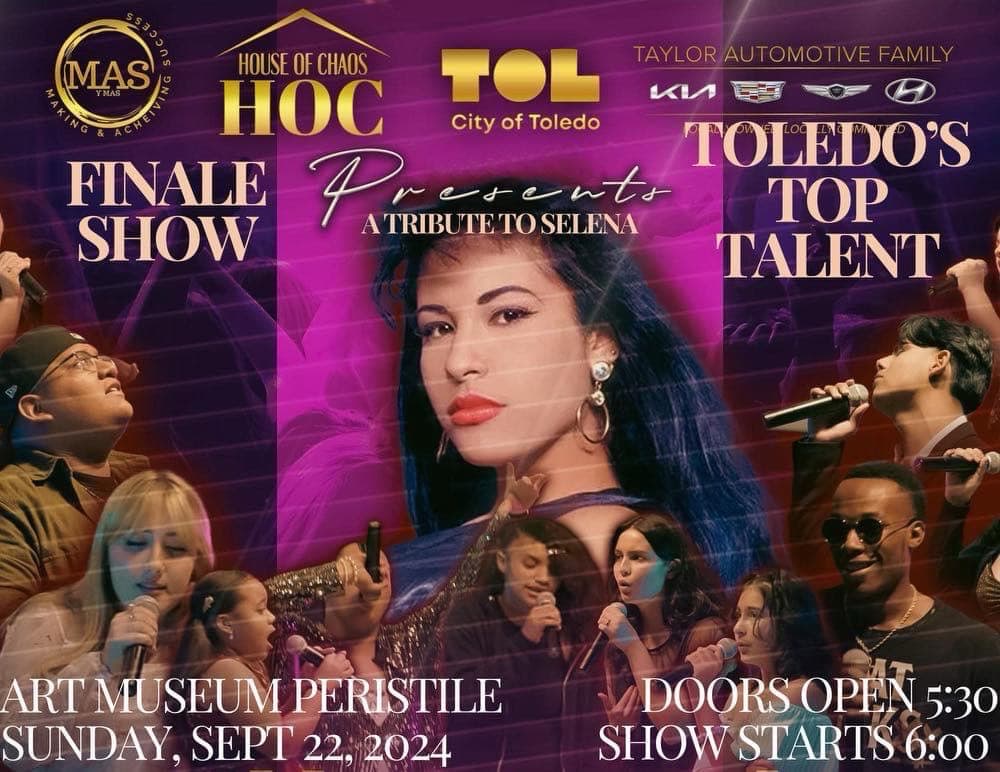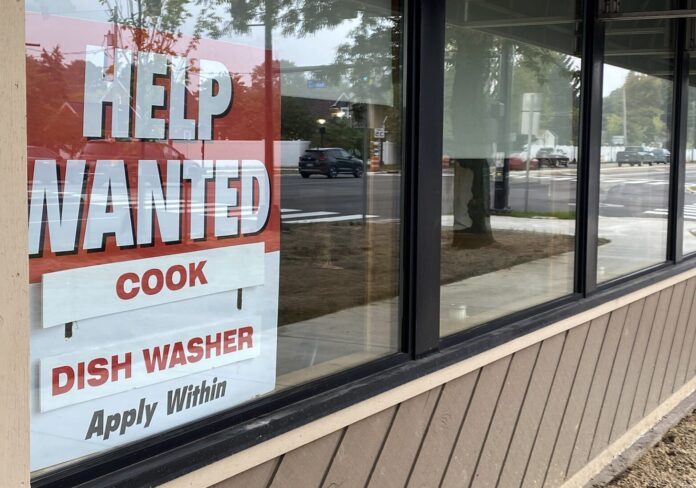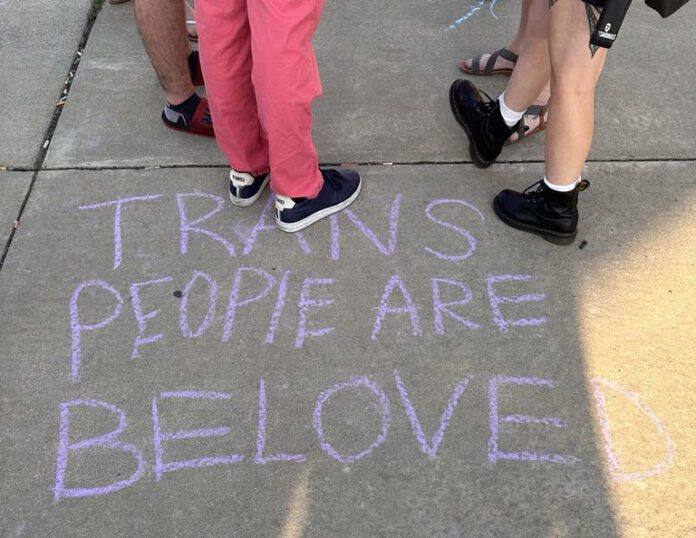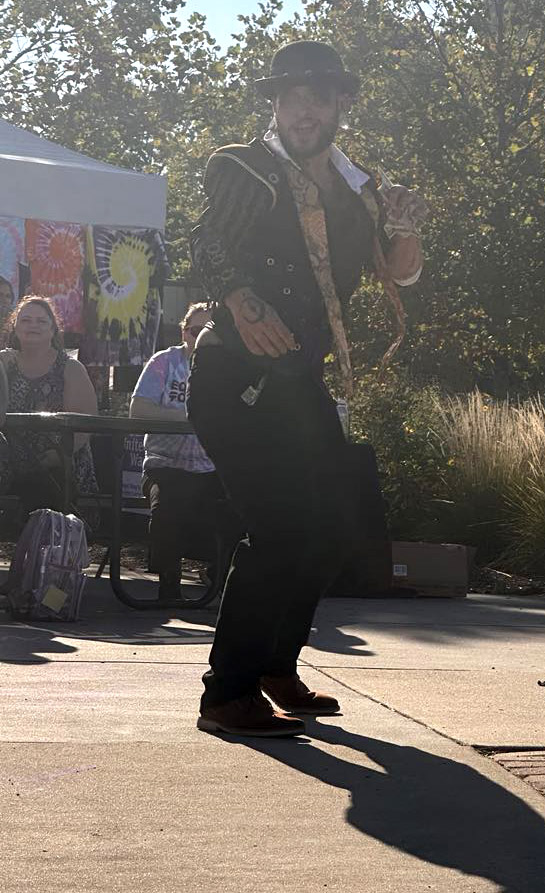Relationship status between farmers and water quality: It’s complicated
Story by Jasmine Cupp | Photos by Christy Frank
TOLEDO – During the recent Understanding Algal Blooms: State of the Science Conference on Sept. 4, state and federal agencies, academic researchers and the agricultural community came together to discuss the latest science and technology regarding Lake Erie algal blooms.
The conference, held at the Stranahan Theatre, also drew protesters who don’t think enough is being done to tackle algal blooms and water quality.
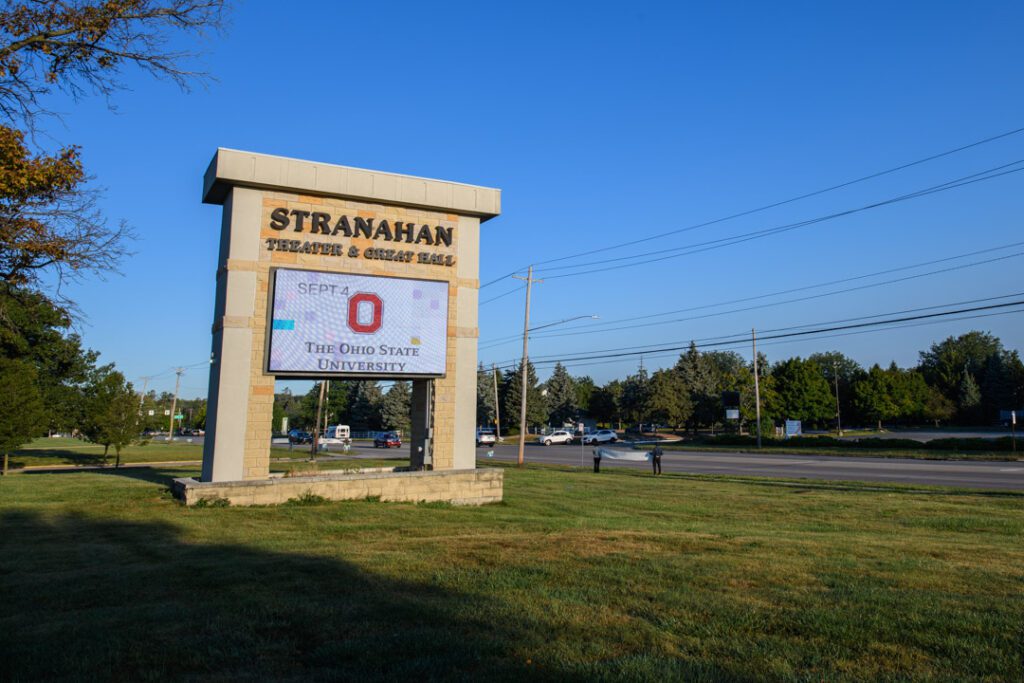
Taxpayers have had to commit to fund programs and agencies to help research and implement solutions to our local water quality issues related to Lake Erie. Area farmers, however, are allowed to take a voluntary role in participating in a solution.
The generational occupation of farming has been thrown into a situationship with government entities since the Lake Erie water crisis 10 years ago, and the status is complicated.
Chris Winslow, director of Ohio Sea Grant & Stone Laboratory of The Ohio State University and moderator of the event, drew specific criticism from protestors representing the Lake Erie Advocates.
“Dr. Winslow, a perfect example of a public employee, paid to represent the public interest, who does a fine job running interference for CAFO (Concentrated Animal Feeding Operation) operators and the Farm Bureau,” a Lake Erie Advocates newsletter stated, which also aimed to recruit members to protest outside of the conference.
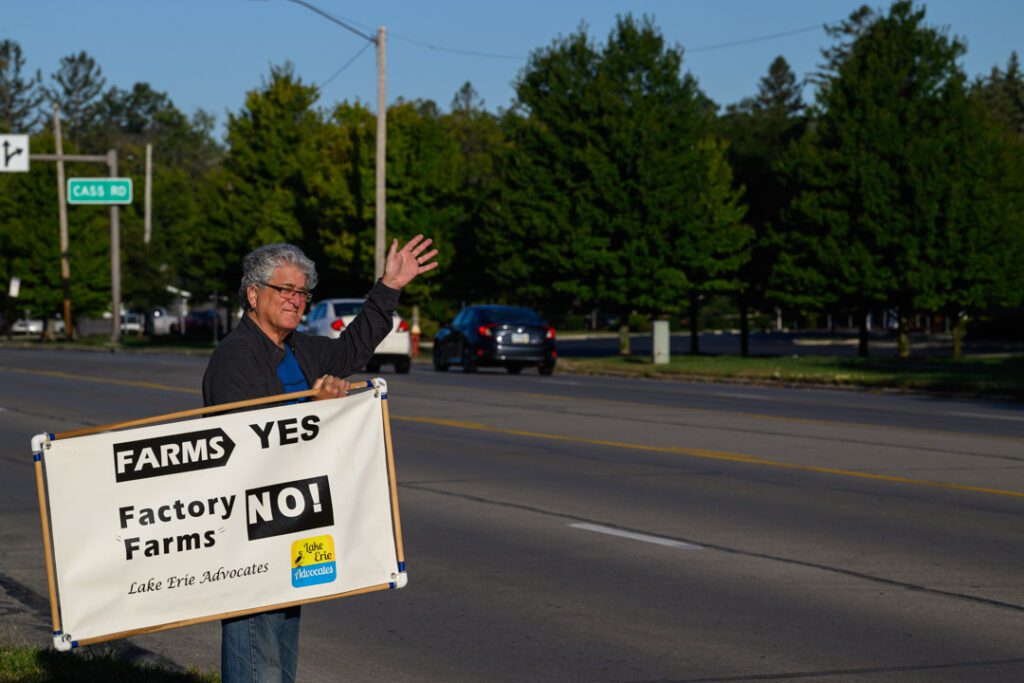

“Chris has been studying this for decades,” Lake Erie Advocates representative Mike Ferner said. “By now, there should be no excuse for anybody that is publicly funded to do research to be talking about ‘Well, gee, we don’t quite know what the problem is’.”
Ferner noted that CAFOs and factory farms didn’t exist before the mid-90s.
“Nobody waited in line at Kroger for the next shipment of milk or eggs or pork chops. We don’t need them (factory farms). This is a business model that has been hoisted upon farmers and the rest of us because a few people figured out how they can make a lot of money,” said Ferner.
“If you look at the land grant colleges, like OSU and MSU, that’s where the tax dollars go to develop ‘progress’ in agriculture and we get this kind of bulls**t and it’s ridiculous,” he complained.
Inside the conference, there was a different perspective on agricultural education and a different dialogue happening.
Winslow hosted a discussion panel entitled Success and Barriers to Farmer Adoption of Conservation Practices. One of the questions submitted by the audience asked if there had been a shift in farmers’ attitudes toward adopting conservation practices. Panelists had intriguing answers.
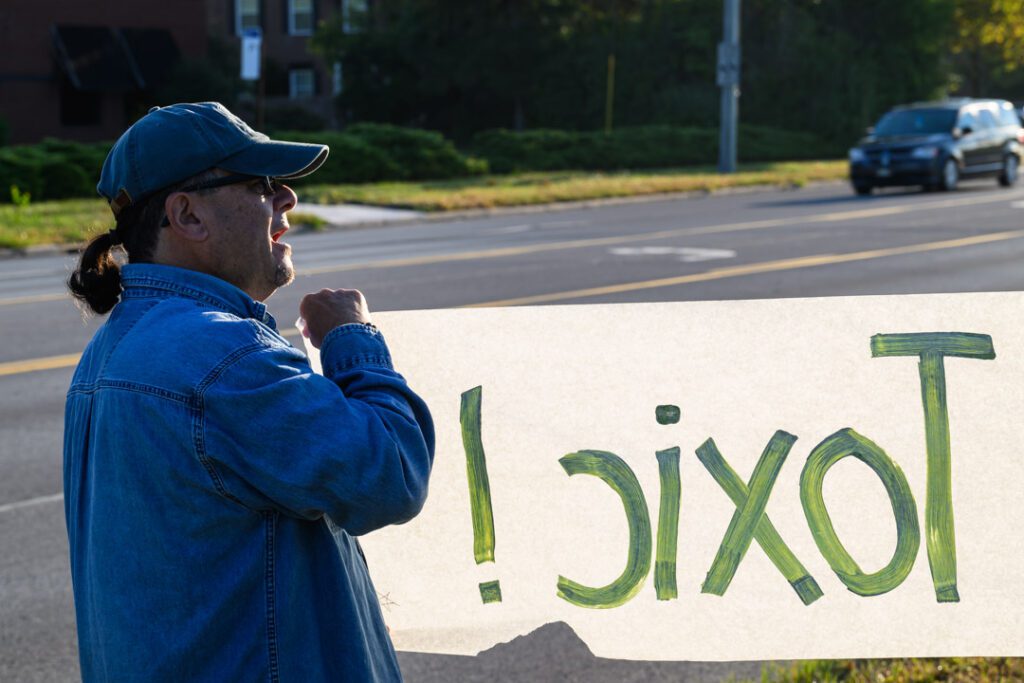

Chris Heck, Soil & Plant Nutrition Agronomist of Nutrient Ag Solutions, answered, “When I look at how my family was farming back in the 1990s, there was just a conversation about no till (farming). As I went to college at Michigan State University and I started working for crop reduction services, that was the first time I ever heard about cover crops. When I first started at Michigan State to now and into 2025, there have been huge changes by farmers in adoption of these practices.
“I think a lot of it has to do with a generational shift,” Heck continued. “It’s not the mindset of ‘This is what we’ve always done so this is how we’re going to do it.’ We have this next generation that’s coming in for the last 10 or 20 years that have been asking why. Why am I doing this and what can I do to be better? That’s been very impressive, and I just continue to see this growth of people wanting to treat the land better and get more out of their investment.”
“I’m going to be a little antagonistic here,” said Doug Deardorff, Pilot Watershed Project coordinator of Hardin County Soil & Water Conservation District.
“I don’t think the attitude has shifted; I think stewardship has always been there. When I sit in shops and talk to the 50-or70-year-old demographic, that ethic is still there and it’s still there even with the next generation. They understand that ‘I have to take care of the land because it takes care of me.’”
After a lively round of conversation involving agricultural education, information transfer, and ethics, a topic that stays active among scientists, farmers and protesters alike, manure was introduced by the audience.
This question was posed: “What’s the next best step in manure management technology and what should funders be looking at to scale nutrient manure reuse?”
“After many years of looking at a whole host of different technologies and doing pilot projects, it all comes down to money,” said Theresa Dirksen, the Agriculture & Natural Resources director of Mercer County, Ohio.
Dirksen, when introducing herself to the panel, noted that she had years of experience trying to find solutions to manure problems.
“I haven’t found one (solution) yet that’s scalable down to a smaller operation. If you’re not milking 4000 cows, I just don’t know what’s out there and available that’s going to be economic. I honestly don’t,” Dirksen said.
“We’ve got a really good model with the poultry manure, where most of the poultry manure that’s produced in Mercer County is transported 300 miles away,” she explained. “It’s easily trekked and is high in nutrients. But when you have a liquid swine manure, a liquid dairy manure or liquid cattle manure, you just can’t do that. Water is heavy and water is expensive to move.
“It’s disappointing, but maybe we’ll still get there. Sorry if I sound down in the dumps, but I’ve been beaten down for the last eight years trying to do it,” Dirksen added.
Good intentions and hard work are there, but solutions, when involving people, money, permitting, live animals and livelihoods, are glacial.
The last topic discussed has raised questions among City of Toledo and Lucas County officials. Gregory Howard, associate professor of economics at East Carolina University, spoke about voluntary and involuntary policy and economics.
“There are some places in agriculture, like around Grand Saint Mary’s, where they have these nutrient management plans that every farmer is required to do. In a lot of places, that’s not really how agri-environmental policy goes, in my understanding,” explained Howard.
“It’s much more voluntary in conservation programs. And when you can’t force people to do these things and it has to be voluntary, it’s really important to include social science elements to understand what drives and motivates people,” he said. “It’s not just about the money, it’s about making these things (programs and policies) more appealing to people.”


Although there is a lot of time, money and expertise being aimed at solving water quality issues, it does seem that every day without a solid solution is a day too late.
According to the Ohio Environmental Protection Agency, there are 150 large CAFOs in Ohio. An Ohio Environmental Council study shows 64 of the concentrated animal feeding facilities are located in the western Lake Erie watershed. Twenty-four percent of all the solid manure and 42 percent of the liquid manure in Ohio are produced inside the boundaries of the western Lake Erie watershed.








